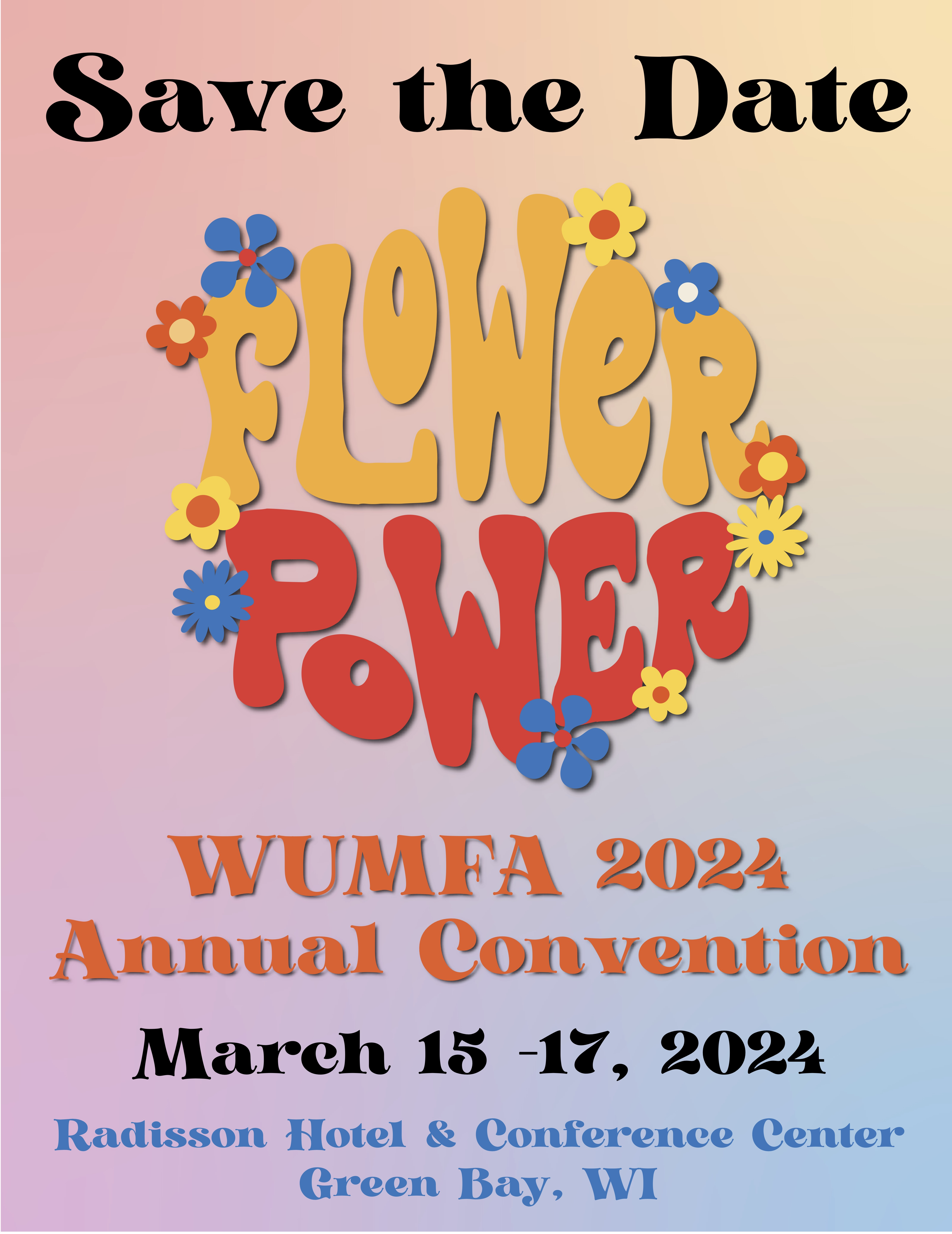The Early Era: 1870's to 1941
The first era is characterized by typical activities of any new industry: trial and error, experimentation and growth. Like many new industries in the still young United States, the floral industry was fueled by immigrants. Many of the 19th Century immigrants to California were from agrarian cultures, which was a perfect match for the land and climate they found in their new home. Chinese, Japanese and Italian immigrants were among the early flower farmers in both Southern and Northern California.
Despite significant obstacles such as California’s Alien Land Laws of 1913 and 1920, prohibiting “aliens ineligible for citizenship” from owning agricultural land or possessing long-term leases over it, Japanese immigrants persevered and made significant contributions to the state and the nation, including the emerging California flower industry.
In Oakland there were five Japanese nurseries between 1890 and 1900. By 1930 that number had grown to 80 independent Japanese nurseries in just the Bay Area. Chinese flower growers entered the industry in the 1890’s by starting their own nurseries because they couldn’t find work due to exclusionary laws. Chinese growers grew pompons, heather, hydrangeas and sweet peas and established the Peninsula Flower Growers Association. During this early era there was also a great deal of collaboration amongst California flower growers – some of the many associations and co-op markets included:
- Japanese growers in the Bay Area started the California Flower Growers Association in 1906
- Southern California Floral Industry Association, founded in 1912, soon after formed the Japanese Flower Market in Los Angeles. In response to discriminatory laws in California, changed the name to the Southern California Flower Market.
- American Florists’ Exchange organized in 1917, opens a market in Los Angeles
- San Francisco Fern Growers Association became the San Francisco Flower Growers Association (organized by Italian flower growers) and would eventually become the San Francisco Flower Mart, initially founded in 1928
- California Chrysanthemum Growers Association (formed in 1931)
1874 - 1890
First commercial cut flower growers in Los Angeles area were housewives seeking to supplement the family income.
First prominent commercial cut flower grower in the Los Angeles area, Edward F. Grey of Alhambra, grows and sells flowers in Alhambra.
1876
The American Association of Nurserymen, Florists and Seedsmen is formed.
Southern California Horticultural Society holds its first annual exhibit.
Los Angeles and San Francisco are linked by railroad.
1884
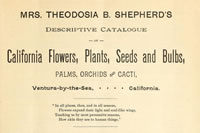 Theodosia Shepherd, a Ventura housewife, goes into business as a professional seed and bulb grower, effectively beginning the seed industry. Theodosia Shepherd, a Ventura housewife, goes into business as a professional seed and bulb grower, effectively beginning the seed industry.
The first Flower Festival of consequence is held in Los Angeles.
1885
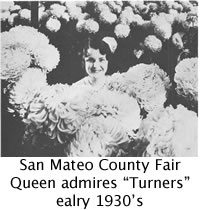 Hiroshi (Kan) Yoshiike returns to San Francisco from Japan with chrysanthemum seedlings, to pioneer growing techniques for mums in large blooms. Within a few decades Turner perfected large commercial mums, measuring 10" in diameter. Hiroshi (Kan) Yoshiike returns to San Francisco from Japan with chrysanthemum seedlings, to pioneer growing techniques for mums in large blooms. Within a few decades Turner perfected large commercial mums, measuring 10" in diameter.
1890's
The Southern California Floral Society holds flower show.
Domoto Nursery founded in Oakland, leading to five additional Japanese nurseries in the East Bay area.
Japanese farms spring up in Los Angeles, growing carnations and chrysanthemums. Edwin Vawter begins commercial production, including carnations and chrysanthemums in Santa Monica.
1900 - 1910
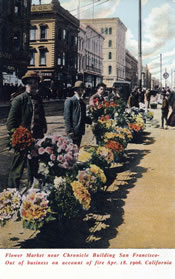 Flower growing expands throughout Southern and Northern California, supplying largely local markets, giving rise to the emerging grower co-operatives that eventually lead to “flower markets” in San Francisco and Los Angeles, several of which are still thriving in 2017. Flower growing expands throughout Southern and Northern California, supplying largely local markets, giving rise to the emerging grower co-operatives that eventually lead to “flower markets” in San Francisco and Los Angeles, several of which are still thriving in 2017.
Many Japanese flower growers moved to Southern California following the devastating earthquake of April 18, 1906 in San Francisco.
Florists Telegraph Delivery Association (FTD) is founded in 1910.
1912
The Southern California Flower Growers Association forms in Los Angeles, along with the California Flower Market with 54 Japanese flower growers as shareholders.
The San Francisco Flower Market is founded.
1913
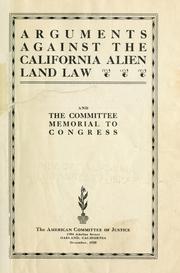 The California Alien Land Law enacted, prohibits all aliens ineligible for citizenship from owning land or leasing land for longer than 3 years. The California Alien Land Law enacted, prohibits all aliens ineligible for citizenship from owning land or leasing land for longer than 3 years.
1917
American Florist’s Exchange is organized in Los Angeles.
1920
Mexican government introduces Bracero Program, requiring Mexican workers going to U.S. for jobs be approved by an immigration official and demand that workers from Mexico bring their families.
1921 - 1930
California’s population grows to 5.7m, with Los Angeles and San Francisco areas emerging as population centers, pushing farming operations further away from city-center.
The number of independent Japanese nurseries in Oakland expands to 80 during this decade.
1926
Wholesale Commission of Florist of America is established (later renamed the Wholesale Florist & Florist Supplier Association or WF&FSA).
1940
California growers ship almost 1,500 express refrigerator carloads of flowers, including 87,980 orchids by plane.
1941
CalFlowers incorporates as Northern California Association of Flower Growers & Shippers.
Japan attacks Pearl Harbor and the U.S. enters WWII.
Nine current CalFlowers members started in business during the Early Era, the oldest operating member is Mt. Eden, founded in 1911.
Middle Era
|

 Theodosia Shepherd, a Ventura housewife, goes into business as a professional seed and bulb grower, effectively beginning the seed industry.
Theodosia Shepherd, a Ventura housewife, goes into business as a professional seed and bulb grower, effectively beginning the seed industry. Hiroshi (Kan) Yoshiike returns to San Francisco from Japan with chrysanthemum seedlings, to pioneer growing techniques for mums in large blooms. Within a few decades Turner perfected large commercial mums, measuring 10" in diameter.
Hiroshi (Kan) Yoshiike returns to San Francisco from Japan with chrysanthemum seedlings, to pioneer growing techniques for mums in large blooms. Within a few decades Turner perfected large commercial mums, measuring 10" in diameter. Flower growing expands throughout Southern and Northern California, supplying largely local markets, giving rise to the emerging grower co-operatives that eventually lead to “flower markets” in San Francisco and Los Angeles, several of which are still thriving in 2017.
Flower growing expands throughout Southern and Northern California, supplying largely local markets, giving rise to the emerging grower co-operatives that eventually lead to “flower markets” in San Francisco and Los Angeles, several of which are still thriving in 2017. The California Alien Land Law enacted, prohibits all aliens ineligible for citizenship from owning land or leasing land for longer than 3 years.
The California Alien Land Law enacted, prohibits all aliens ineligible for citizenship from owning land or leasing land for longer than 3 years.



